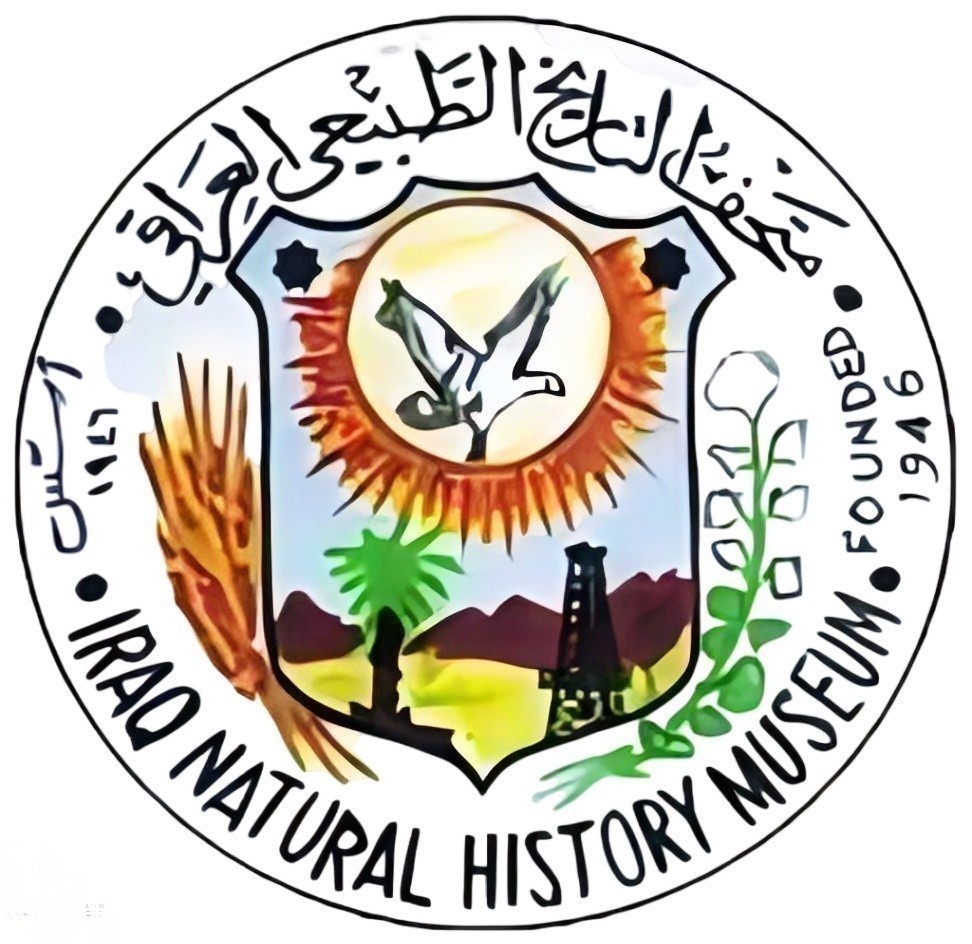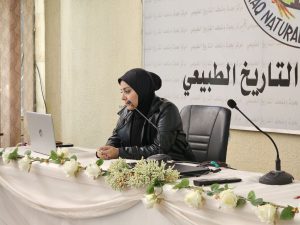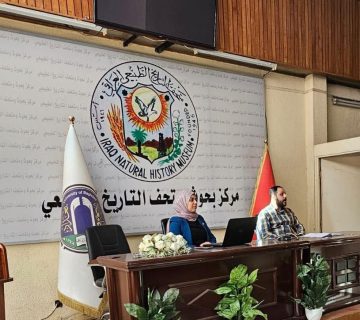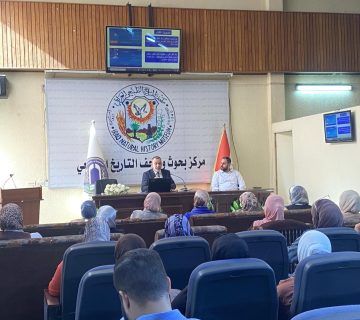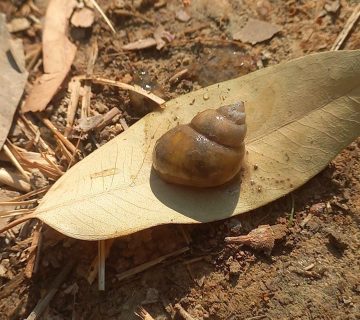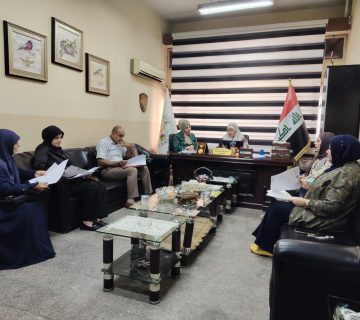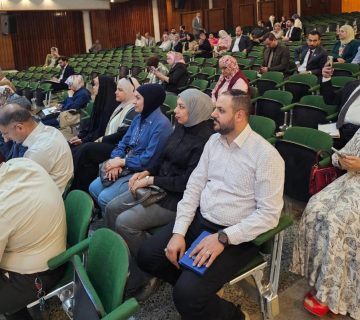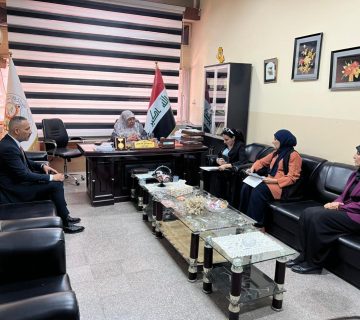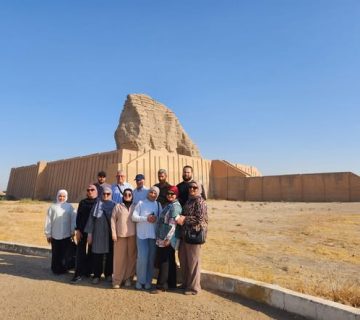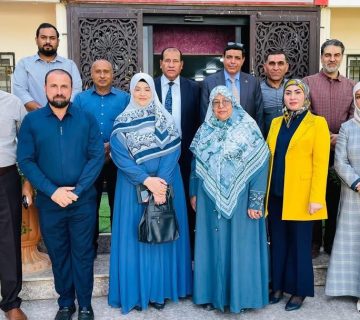Our center, with the support of its administration and as part of its ongoing scientific activities, held a workshop on “The Long-eared Dormouse Rodent (Elliomys melanurus): Its Importance and Spread in the Iraqi Environment” on Wednesday, January 22, 2025. Managed by Assistant Lecturer Ali Kamel Wanas and presented by Assistant Lecturer Yasmine Sarmed, the workshop highlighted the significant role of rodents, representing 42% of global mammal species, within ecosystems. The presenter explained that rodents can serve as indicators of pollution, vectors for diseases, markers of climate change, subjects for scientific research, and even pets. The long-eared dormouse, a species increasingly popular as a pet in some European countries, was a particular focus. Elliomys melanurus, a dormouse species, inhabits temperate forests and tropical/subtropical lands in Iraq, Syria, Turkey, Jordan, Libya, and Saudi Arabia. First recorded globally by Wagner in 1840, it was documented in northern Iraq in 1977. This voracious rodent feeds on insects, small reptiles (like geckos), and small mammals. It is characterized by a small, fluffy, light brown body, large round ears, prominent eyes, and distinctive black stripes extending from the eyes towards the back. Currently, its global conservation status is classified as “Least Concern” on the IUCN Red List. The workshop’s primary objective was to disseminate knowledge about rodents, specifically this species, including its global and Iraqi distribution, morphology, anatomy, environment, diet, and activity patterns. Given the center’s focus on the Iraqi environment, a key recommendation was to intensify future research on rodents in general, and Elliomys melanurus in particular, given its limited presence in northern regions. The suggested research areas included morphology, taxonomy, internal and external parasites, and the creation of museum specimens for study and display, promoting public awareness of Iraq’s rich biodiversity.
اخبار ذات صلة
Comments are disabled.
